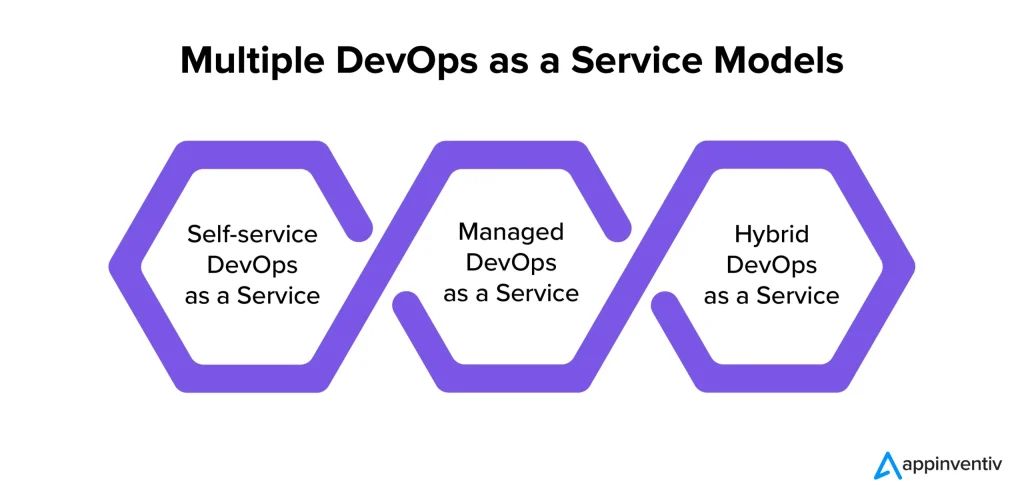Unlocking DevOps-as-a-Service
In today’s fast-paced digital landscape, organizations are continuously seeking innovative solutions to streamline operations and accelerate product development. DevOps-as-a-Service (DaaS) emerges as a pivotal strategy in this context, bridging the gap between development and operations teams. By leveraging cloud-based tools and services, DaaS enables seamless integration, continuous delivery, and efficient collaboration. This approach not only enhances productivity but also significantly reduces the time-to-market for new features and products.
DevOps-as-a-Service offers organizations a flexible and scalable solution to manage their software development lifecycle. Unlike traditional DevOps, which requires significant upfront investment in infrastructure and resources, DaaS allows businesses to adopt a pay-as-you-go model. This approach ensures that companies can tailor their DevOps practices to meet specific needs without incurring unnecessary costs. Moreover, the cloud-native nature of DaaS facilitates real-time monitoring and rapid deployment of updates, ensuring a robust and resilient software environment.
The adoption of DevOps-as-a-Service is driven by the increasing complexity of modern software systems. As applications evolve to meet growing user demands, the need for agile and responsive development processes becomes paramount. DaaS empowers organizations to harness the potential of automation, continuous integration, and delivery pipelines, all while maintaining a high level of security and compliance. By integrating these practices, businesses can achieve unprecedented levels of efficiency and innovation.
Key Benefits of DevOps-as-a-Service
Embracing DevOps-as-a-Service brings a host of advantages, transforming the way organizations approach software development and deployment. One of the primary benefits is the ability to scale operations effortlessly. By utilizing cloud-based infrastructure, companies can easily expand or reduce their resources in response to changing demands, ensuring optimal performance at all times. This flexibility is particularly beneficial for businesses experiencing rapid growth or fluctuating workloads.
Another significant advantage of DaaS is its capacity to enhance collaboration across teams. By breaking down silos between development and operations, DaaS fosters a culture of shared responsibility and accountability. This collaborative approach leads to improved communication, faster problem-solving, and more effective decision-making. As a result, organizations can deliver high-quality software more quickly and efficiently, ultimately improving customer satisfaction and loyalty.
Furthermore, DevOps-as-a-Service plays a crucial role in minimizing risk and ensuring compliance. With automated testing and continuous monitoring, organizations can quickly identify and address potential issues before they escalate. This proactive approach not only reduces downtime but also enhances security by ensuring that all software components adhere to industry standards and regulations. By prioritizing these aspects, businesses can protect their reputation and maintain the trust of their customers.
The Role of Automation in DevOps
Automation is the backbone of any successful DevOps strategy, and DevOps-as-a-Service is no exception. By automating repetitive and time-consuming tasks, organizations can free up valuable resources to focus on innovation and strategic initiatives. Automation tools streamline processes such as code integration, testing, deployment, and monitoring, resulting in faster and more reliable software delivery.
One of the key areas where automation shines is in continuous integration and continuous deployment (CI/CD) pipelines. These pipelines enable developers to automatically test and deploy code changes, ensuring that new features and bug fixes are delivered to users promptly. By eliminating manual intervention, CI/CD pipelines reduce the risk of human error and enhance the overall quality of software releases. This approach also allows teams to iterate quickly, responding to user feedback and market demands with agility.
In addition to CI/CD, automation plays a vital role in infrastructure management. Infrastructure as Code (IaC) allows organizations to define and provision their infrastructure using code, enabling consistent and repeatable deployments across multiple environments. This approach not only reduces configuration drift but also enhances the scalability and reliability of applications. By adopting IaC, companies can achieve greater control over their infrastructure, ultimately leading to improved operational efficiency.
Case Studies: Successful DevOps Implementations
Several organizations have successfully implemented DevOps-as-a-Service, reaping significant benefits in terms of efficiency, agility, and innovation. These case studies highlight the transformative potential of DaaS and provide valuable insights for businesses considering this approach.
Case Study 1: Company A – Accelerating Delivery
Company A, a leading e-commerce platform, faced challenges in delivering new features quickly and reliably. By adopting DevOps-as-a-Service, they implemented automated CI/CD pipelines, reducing their release cycle from weeks to days. This acceleration not only improved their competitive edge but also enhanced customer satisfaction by delivering new functionalities faster.
Case Study 2: Company B – Enhancing Collaboration
Company B, a financial services provider, struggled with communication gaps between development and operations teams. Through DaaS, they established a unified platform for collaboration, enabling seamless communication and knowledge sharing. This cultural shift resulted in faster problem resolution and improved service reliability, ultimately boosting customer trust and retention.
Case Study 3: Company C – Ensuring Compliance
Company C, a healthcare technology company, needed to ensure strict compliance with industry regulations. By leveraging DevOps-as-a-Service, they automated compliance checks and security audits, significantly reducing the risk of non-compliance. This proactive approach not only protected sensitive data but also enhanced their reputation as a trusted provider of healthcare solutions.
In conclusion, DevOps-as-a-Service offers a compelling solution for organizations seeking to optimize their software development and deployment processes. By embracing cloud-based tools and automation, businesses can achieve greater efficiency, agility, and innovation. The benefits of DaaS, including scalability, collaboration, and compliance, make it an attractive option for companies across various industries.
To learn more about how DevOps-as-a-Service can transform your organization, consider exploring additional resources and case studies. By gaining a deeper understanding of this approach, you can unlock its full potential and drive meaningful change within your business.
For more information on implementing DevOps-as-a-Service in your organization, be sure to explore the comprehensive resources available. Discover more information here.











